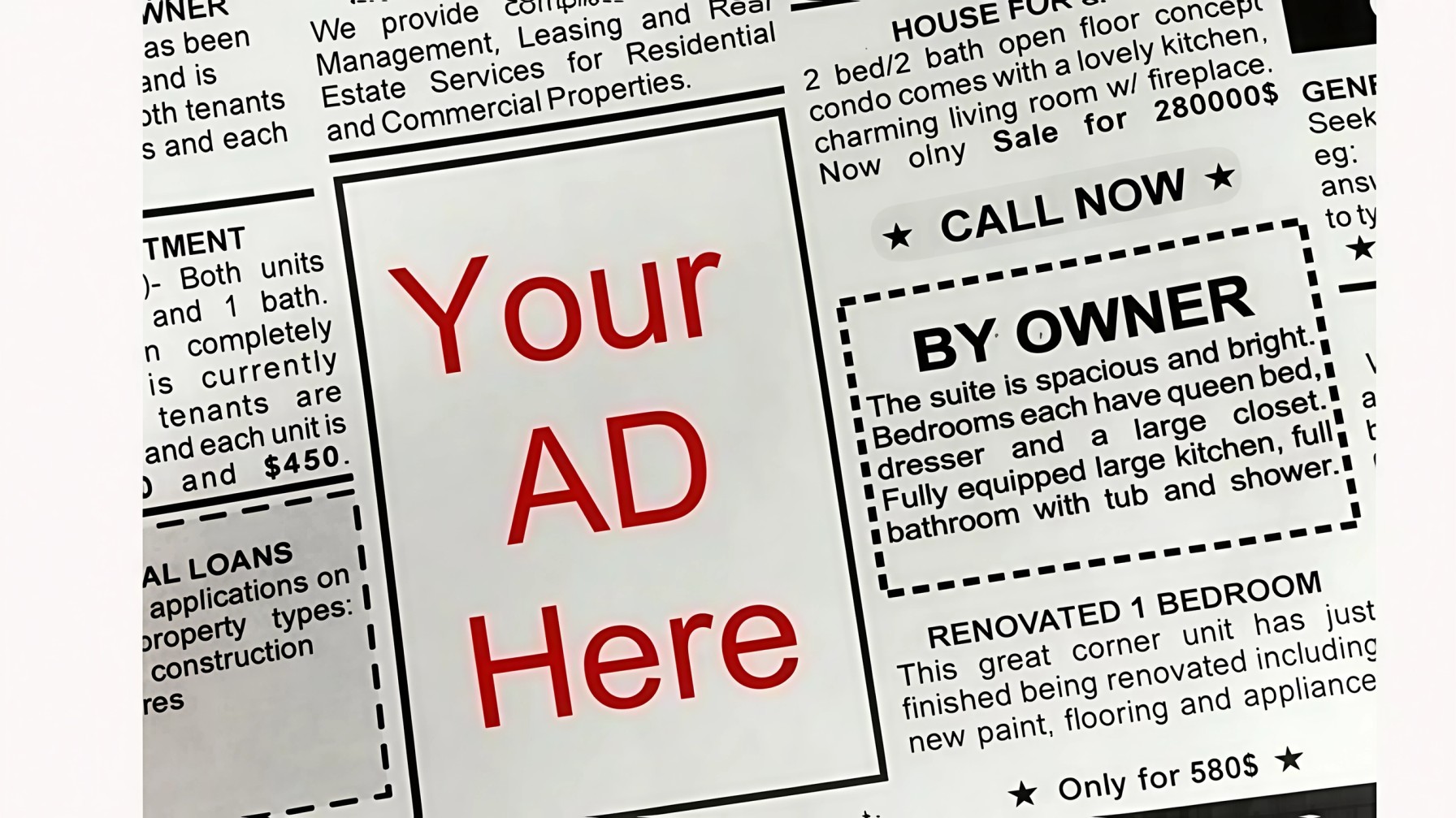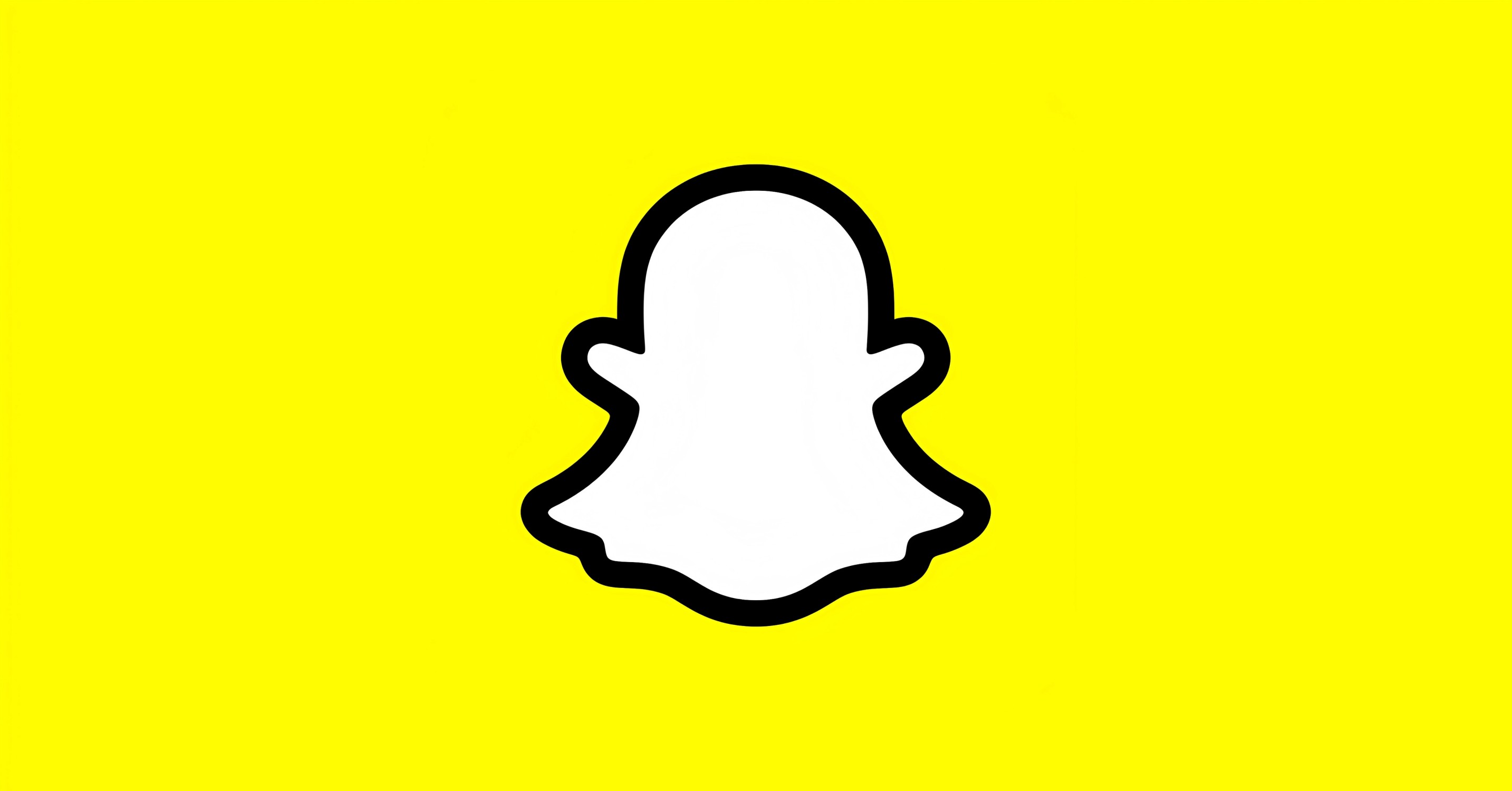Government hikes print ad rates by twenty six percent in what many publishers will view as a timely lifeline. With rising input costs, pressure on circulation and intense competition from digital platforms, government advertising remains a critical revenue stream for a large part of the newspaper ecosystem, especially regional and small titles.
In its announcement, the Ministry of Information and Broadcasting confirmed that black and white advertisement rates for dailies with a circulation of one lakh copies have been revised from rupees forty seven point forty to rupees fifty nine point sixty eight per square centimetre.
The revision follows recommendations from the ninth rate structure committee, set up in 2021 to evaluate whether government pricing for print placements still reflected market realities. Alongside the base rate increase, the ministry has also accepted updated premium charges for colour ads and preferred positions, aligning the structure more closely with current industry practice.
Why government hikes print ad rates matter for the ecosystem
For many print publishers, especially those outside major metros, government ads are not a marginal line item. They often form a stable core of revenue that can cushion volatility in retail and corporate advertising. When newsprint prices rise or distribution costs climb, official ad rates that remain static can quietly squeeze margins.
ADVERTISEMENT
By approving a twenty six percent rise, the government is effectively acknowledging that the cost environment has changed significantly since the last revision. The new rates are expected to help publishers maintain operations, invest in content and avoid drastic cuts that might weaken local coverage.
The ministry has framed the move as part of a broader effort to strengthen the print ecosystem. A healthier newspaper sector, it notes, also serves the state interest, since print continues to be an important channel for government communication in a fragmented media landscape.
How does the new rate structure work for colour and position
Beyond the headline increase, the acceptance of committee recommendations on colour and preferential positioning is equally important. In the past, discrepancies between government and commercial pricing for full colour or premium slots could create friction, with publishers feeling that official ads did not fully reflect the value of prime space.
The updated structure recognises that colour is no longer a luxury and that front page or key section placements carry a higher impact. By aligning rates with prevailing market practices, the ministry has attempted to reduce that gap and give publishers more confidence that government inventory is priced fairly.
What does this mean for small and regional newspapers
Government hikes print ad rates will be felt differently across segments. For large national dailies with strong private sector support and robust digital arms, the increase is helpful but not transformational.
ADVERTISEMENT
For small and regional publishers, however, it can be a crucial buffer. Many operate on thin margins, with rising costs for newsprint, fuel and delivery networks. The revised rates can give them breathing room to retain staff, invest in reporting and continue serving local communities that are often underrepresented in national media.
Stronger financial footing may also encourage some publishers to upgrade printing quality, expand editions or experiment with regional supplements, all of which can improve reader experience.
Will the hike slow the shift toward digital
The rate change is unlikely to reverse the broader structural shift toward digital news consumption. Audiences, especially younger readers, continue to gravitate to mobile and online platforms. However, it can slow the pace at which weaker print titles are forced to shut or sharply reduce coverage.
In many parts of India, especially outside big cities, printed newspapers still carry high credibility and daily habit value. Government ads placed in these titles continue to reach citizens who may not be active on digital platforms. By sustaining this network, the state also keeps an important channel open for public information campaigns and notices.
Government hikes print ad rates by twenty six percent at a time when publishers are juggling rising costs and shifting reader behaviour. The revised structure, built on the ninth rate structure committee recommendations, is designed to provide both immediate revenue support and longer term stability, particularly for regional and small newspapers. While it will not stop the rise of digital, it should help preserve a more balanced media environment in which print remains a viable and credible part of the mix.
ADVERTISEMENT










